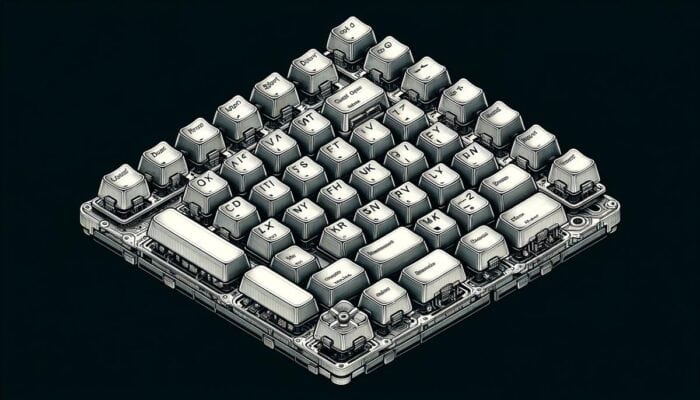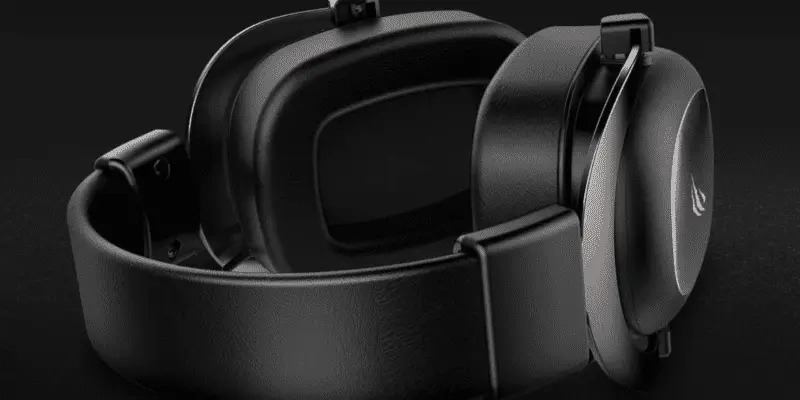How to choose pc case fans? A case fan is an important part of your computer’s cooling system. The fan’s primary function is to keep the internal components cool by providing cool air to the machine. The fan can be found on the front, side, or back of the case. So, how to choose the good one for you? Read this article until end to know more about it. In this blog, we also have an article about best pc gaming case itx mini small case that you might want to read about it.
How To Choose PC Case Fans
1. Static Pressure and Airflow Optimization
Airflow and static pressure are the only two measurements that can be used to evaluate a fan’s performance. Cubic feet per minute (CFM) is a common unit of measurement for the amount of air that a fan moves in a given period of time (CFM). It is easier to circulate air with a higher fan speed, therefore this increases cooling capacity.
High-flow fans are useful for discharging heated air from your computer case. In this setup, the air has an unimpeded path out of the case when it leaves the case itself. Now picture using the same fan to push cool air through a radiator that uses liquid cooling. Airflow is impeded by the radiator’s substantial construction and dense fin structure.
When it comes to pushing air through the radiator mesh, the same high-airflow fan fails miserably due to its inability to provide enough static pressure. The blade designs of these fans are designed to compromise airflow in order to increase static pressure, which is measured in Pascals (pa) or millimeters of water (mm H2O).
Static pressure-optimized fans are more suited as intake fans in tiny form factor configurations, such as mini-ITX PCs, because of their inherent nature. The dense fin stacks on CPU air coolers and thick radiators are good candidates for these fans’ airflow.
2. Size of the fan
An axial fan’s size is measured in millimeters and is generally equivalent to either the frame length or the blade diameter. When it comes to the volume of air a fan can move, it is mostly determined by the blades’ surface area and their rotational speed.
In theory, a larger fan should produce more airflow because of the increased blade surface area, but the added weight and aerodynamic drag also increases current draw and power consumption. As a result, larger fans are made to spin at a lower speed to produce the same amount of airflow as a smaller fan at the same amount of power consumption.
When it comes to PC case fans, wattage is almost always the same regardless of their size because they are designed to maximize power draw from the common motherboard fan header. It’s not surprising that a common 200mm fan rotates at 800 RPM to generate roughly the same airflow as a 120mm fan working at its 2000 RPM limit.
Generally speaking, larger fans are quieter than their smaller counterparts because of lower rotating speeds. Specialty fans that operate at greater speeds take more electricity and necessitate more powerful fan controllers.
3. Thickness of the Fan Blades
This is the second set of numbers that appear with the fan size, which is represented in millimeters. The thickness of a desktop PC fan normally ranges from 10mm to 40mm, depending on the model. For a variety of reasons, a thicker fan will provide more airflow than a thinner fan of the same size.
Blades with a steeper angle of attack can be designed with thicker fans, allowing for a bigger air intake per spin. In addition to increasing the blade’s surface area, the thicker frame of the fan increases its intrinsic suction effect, resulting in increased static pressure.
4. There are various kinds of bearings.
The cost, longevity, and noise level of a case fan are all influenced by the bearing type employed in the device. Sleeve bearings, which use a steel shaft rotating in a sleeve of softer brass, are the most common type of bearing in inexpensive fans. With time, these bearings become noisier than they were when they were first installed. They also have a tendency to fail more quickly and abruptly than other types of vehicles. It is only possible to use sleeve bearing fans vertically. Premature failure occurs if they are mounted horizontally in the top or bottom orientation
Both the front and back shaft ends of double ball bearing fans are fitted with typical ball bearings. The fan can be operated in any orientation thanks to its design, which lowers friction and extends the fan’s lifespan. The sole drawback is that the noise level is slightly higher than with sleeve bearings. Unlike the double ball bearing version, its single bearing counterparts employ a sleeve bearing for the other end of their shaft and are less reliable.
The minimal noise of sleeve bearings is combined with the dependability of ball bearings in fluid dynamic bearings. As the name suggests, it is in fact a herringbone-patterned sleeve bearing with grooves cut into it to distribute the lubrication more effectively.
Fan rotational forces and hydrostatic lubrication generate a pressure field that stabilizes and removes friction in moving parts, according to the design. They are the most durable and can be used for any political or religious views. The only drawback is that they are expensive.
Related Articles For You!
- You may like: How To Pick A Gaming PC Case? 4 Superb Guides To Pick It
- You may enjoy this article about: Does PC Case Size Matter? 5 Superb Reasons Behind It\
Our Latest Posts:







